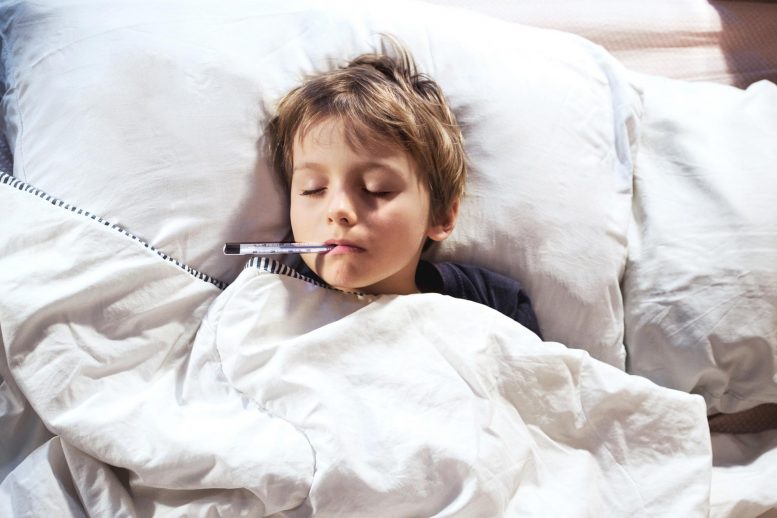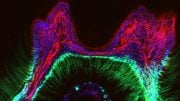
Children infected with SARS-CoV-2 exhibit different breath metabolite changes compared to adults, offering potential for rapid infection screening in pediatric populations.
Adults infected with SARS-CoV-2 exhale different metabolites in their breath than uninfected people, and dogs and diagnostic devices can detect these changes. Now, researchers reporting in ACS Infectious Diseases have shown that children infected with SARS-CoV-2 also show breath metabolite changes, but they’re largely different from the ones in adults. Someday, this information could be used to quickly and easily screen children for infection, the researchers say.
Currently, COVID-19 is diagnosed through the detection of specific viral nucleic acids or antigens, but these techniques are slow, relatively expensive, sometimes uncomfortable and prone to false-negative results. Scientists have observed that dogs can detect volatile organic compounds (VOCs) in human biological samples and distinguish certain diseases, including COVID-19.
Researchers have also developed a sensor array to detect COVID-19-related VOCs in the exhaled breath of adults. Audrey Odom John and colleagues wondered if children infected with SARS-CoV-2 would also show changes in breath metabolites. If so, a breathalyzer-type device might someday quickly and comfortably screen large numbers of children in settings such as schools.
The researchers collected breath samples from children who were given routine COVID-19 tests prior to being admitted to the Children’s Hospital of Pennsylvania for other conditions. Fifteen children were SARS-CoV-2 negative, whereas 10 tested positive. The team analyzed 84 VOCs in the breath samples by 2D gas chromatography and time-of-flight mass spectrometry, identifying six candidate biomarkers that were significantly elevated in the breath of children with COVID-19. Two of these markers (octanal and heptanal) were also elevated in the breath of adults with the disease, while the others were unique to infected children.
Then, the researchers measured these VOCs in breath samples from a different group of 24 children, half of whom were positive for the disease. The six biomarkers could predict infection with 91% sensitivity and 75% specificity.
These preliminary results suggest that breathalyzer testing could be an inexpensive, noninvasive, quick, and sensitive alternative for the frequent screening of large numbers of children, the researchers say. Those who test positive could then be given more specific, nucleic-acid-based tests to confirm the screening results.
Reference: “Reproducible Breath Metabolite Changes in Children with SARS-CoV-2 Infection” by Amalia Z. Berna, Elikplim H. Akaho, Rebecca M. Harris, Morgan Congdon, Emilie Korn, Samuel Neher, Mirna M’Farrej, Julianne Burns and Audrey R. Odom John, 28 July 2021, ACS Infectious Diseases.
DOI: 10.1021/acsinfecdis.1c00248
The authors acknowledge funding from the National Institutes of Health and the Burroughs Wellcome Fund. Two of the authors are co-inventors on a preliminary patent of SARS-CoV-2 biomarkers.









Be the first to comment on "Toward a COVID-19 Detecting Breathalyzer for Kids"